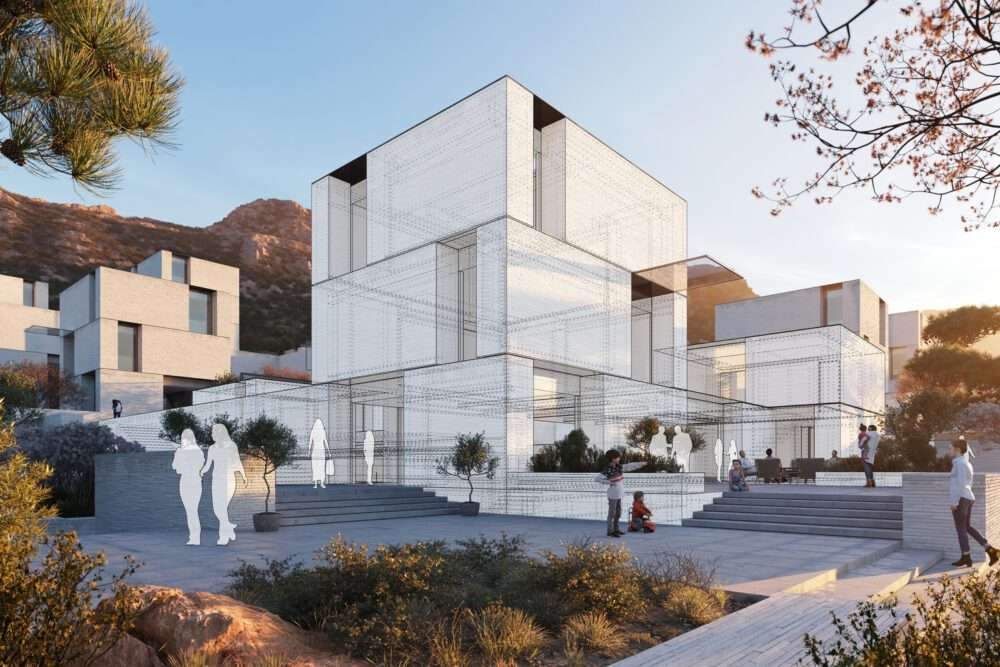Most architects are looking to earn more work;
Not just the high paying projects but the ones that allow them to unleash their creativity and passion.
These opportunities can be won or lost depending on the professional’s ability to communicate their design vision
– so the proposal must be on point.
These tips from leaders in the design field can help architects win bids and create the projects of their dreams.

1. Cultivate connections
Win project by forging relationships – with end users, clients, developers, architects, contractors, and city officials.
It is just as important to maintain old connections as it is to foster new connections.
Repeat customers are the core foundation of a business,
so you need to consistently deliver excellence and address any post-fulfillment concerns customers may have.

2. Choose the right team
Before creating an award-winning conceptual design, the right team must be assembled.
But what does “pick the right team” mean?
Choose your team based on experience, previous collaborations, and client goals.
Choosing the right team is a balancing act of showing the client that you understand their needs
and ensuring that you have the right team to deliver on the project when you win it.

3. Show your design in context
Let the client know you took the time to research their project by showing your proposed design alongside the real-world context.
Determine the location’s geolocation using SketchUp’s native Add Location feature,
and then model simple block concepts on satellite imagery in SketchUp.
Take it further and create shade studies with climate data analysis with PreDesign.
Attention to detail can impress clients, and examining details can spark ideas for design concepts.

4. Repetition
Unless you’re lucky, your first design for this tower will need at least a few iterations.
What will win the job is a unique perspective, but you may need more time to think than you have.
To reduce 3D model refactoring and save time, keep detail levels low and use dynamic,
lively components to create richness until you decide on the final concept.

5. Create compelling images
It’s time to draw the customer into your 3D narrative with visual storytelling.
Jim Kessler, director of Jacobs’ Visual Media Group, calls this “turning on the light bulb.”
Whether you’re using demos, videos, or virtual and augmented reality shows,
try to develop a unique visual style to make your design memorable.
Architect and visual designer Luis Bertomeu Sanchez recommends using pre-made 3D models from SketchUp’s 3D Warehouse to speed up the rendering workflow.
Often, someone has already created what you need,
and you can import the model from the 3D Warehouse with minimal modifications.
And some architects prefer less realistic visuals to present their vision so
that they don’t have to commit to a realistic likeness that can change later.
James Akers, conceptual consultant, creates the designs using a watercolor aesthetic.
He perfected the workflow for creating a quick render by hand (with Apple Pencil) on SketchUp for iPad.
To ensure your project stands out in the crowd of proposals,
consider adopting your own style that is eye-catching and full of personality.
6. Communicate your vision clearly
Are you presenting to the client?
Putting your message in front of a crowd is not easy.
2D visuals have their time and place in your story,
but it pays to fully immerse your customer in the possibilities you can present with Presentation Mode on the iPad.
Scroll through scenes with the three-finger swipe gesture, trigger animations,
or activate the laser pointer tool to focus attention.
Showcasing digital technologies in your presentation immerses others in your living and breathing vision.
Architects are storytellers.
Your toolkit can include stunning 3D and visuals that showcase your vision.
Remember to nurture relationships, pick your first team, research your client values,
and iterate while chasing that winning design.
Individuals and companies who master these skills bring in the best projects and ultimately do their most satisfying work.
For more architectural news


 العربية
العربية